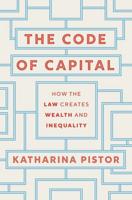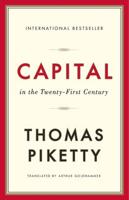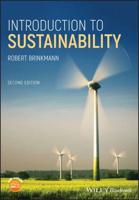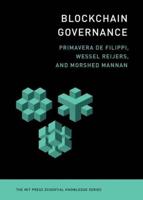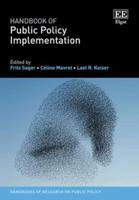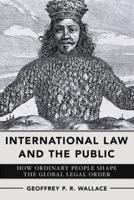Publisher's Synopsis
The air crackles with a low hum of anxiety, a collective tremor running beneath the surface of American life. This isn't the dramatic fear of a Hollywood thriller, the kind that grips you in a darkened theater. This is a quieter, insidious fear woven into the fabric of daily existence, a constant companion for millions. It's the gnawing uncertainty that keeps you awake at night, the knot in your stomach that tightens with each news report, each economic downturn, each act of violence. This is the anatomy of fear in America -a complex and multifaceted beast, its origins entwined in the threads of socioeconomic disparity, media manipulation, and a fractured political landscape.
Fear, in its purest form, is a survival mechanism. It's the primal instinct that alerts us to danger, prompting us to flee or fight. But in contemporary America, fear has mutated. It's less about immediate physical threats and more about the slow erosion of security, the creeping dread of an uncertain future. It's the fear of losing your job, your home, your health - the things that provide a sense of stability and belonging.
This pervasive anxiety manifests in countless ways. It's the single mother working two jobs, perpetually exhausted, haunted by the possibility of eviction. It's the young Black man constantly hyper-aware of his surroundings, navigating a world where his very existence can be perceived as a threat. It's the elderly woman living alone, gripped by the fear of a home invasion or a fall that could leave her helpless. It's the college graduate drowning in student loan debt and the future stretched out before them like an endless, daunting marathon. It's the farmer facing crop failure due to unpredictable weather patterns, the small business owner struggling to compete against corporate giants, and the immigrant family terrified of deportation.
Socioeconomic factors play a crucial role in shaping this landscape of fear. The widening gap between the rich and the poor creates a fertile ground for anxiety. For those struggling to make ends meet, the fear of financial ruin is a constant, suffocating presence. One missed paycheck can trigger a cascade of consequences, leading to eviction, utility shut-offs, and food insecurity. The lack of affordable housing, healthcare, and childcare exacerbates these anxieties, creating a vicious cycle of poverty and fear.
The media plays a significant role in amplifying these anxieties. News outlets, often driven by the pursuit of ratings, frequently focus on sensationalized stories of crime and violence, creating a climate of fear that usually doesn't reflect the reality on the ground. Social media, with its echo chambers and algorithms, further exacerbates this effect, exposing individuals to a constant stream of alarming headlines and inflammatory rhetoric. This constant bombardment of negative news can significantly impact mental well-being, contributing to a sense of pervasive insecurity.
Political discourse adds another layer of complexity to this issue. The increasing polarization of American politics often creates a climate of division and distrust, fueling concerns about the nation's future. Rhetoric that emphasizes fear and division can have a tangible impact on people's lives, exacerbating existing anxieties and creating a sense of uncertainty about the future. This climate of fear isn't simply a matter of individual psychology; it's deeply embedded in the structural inequalities of American society.

